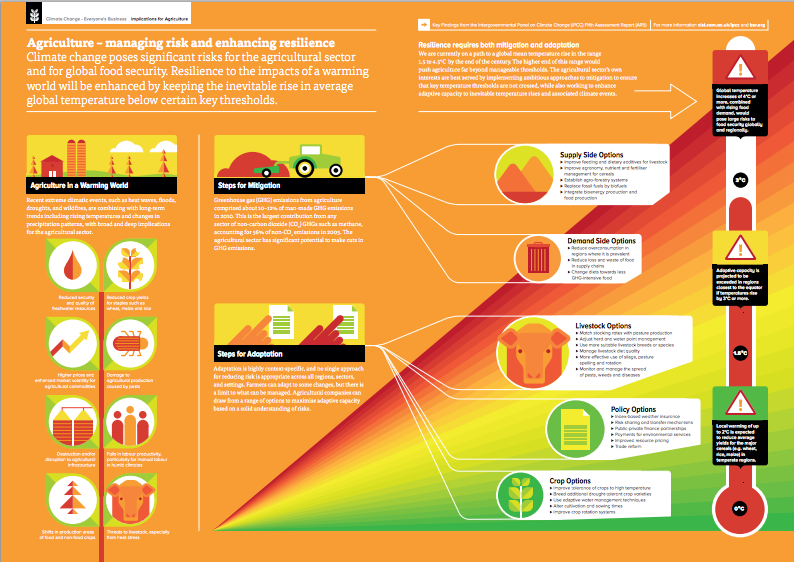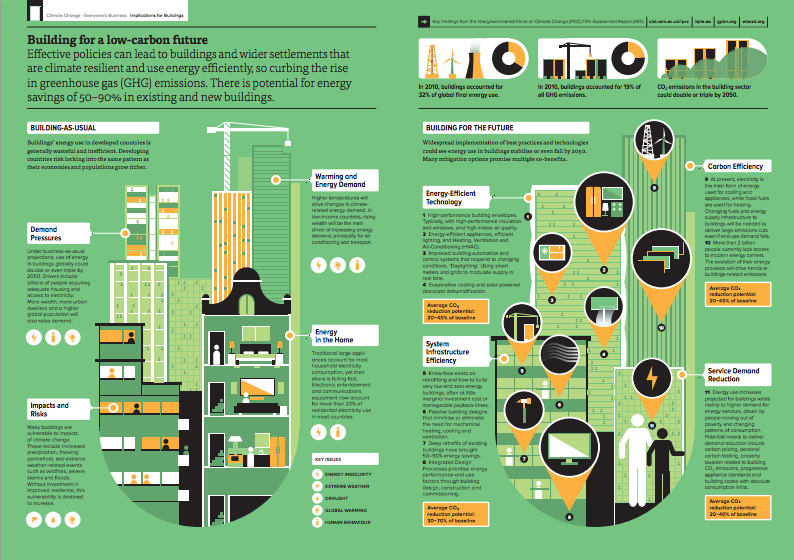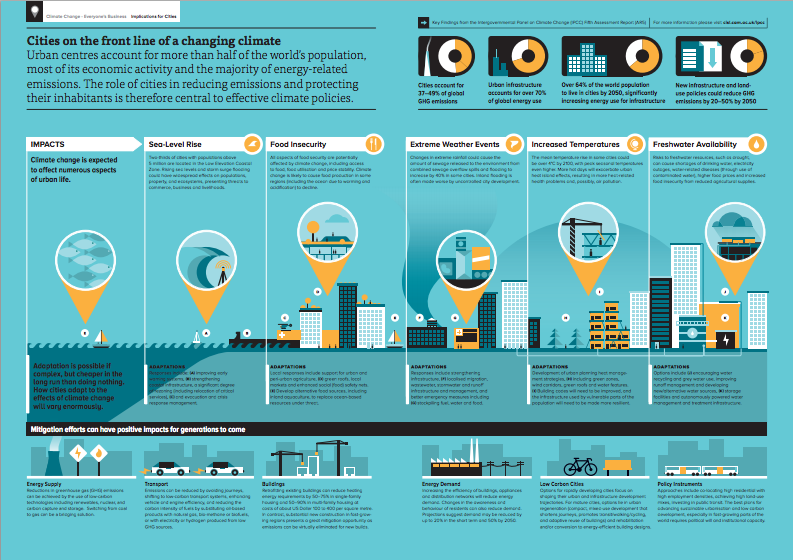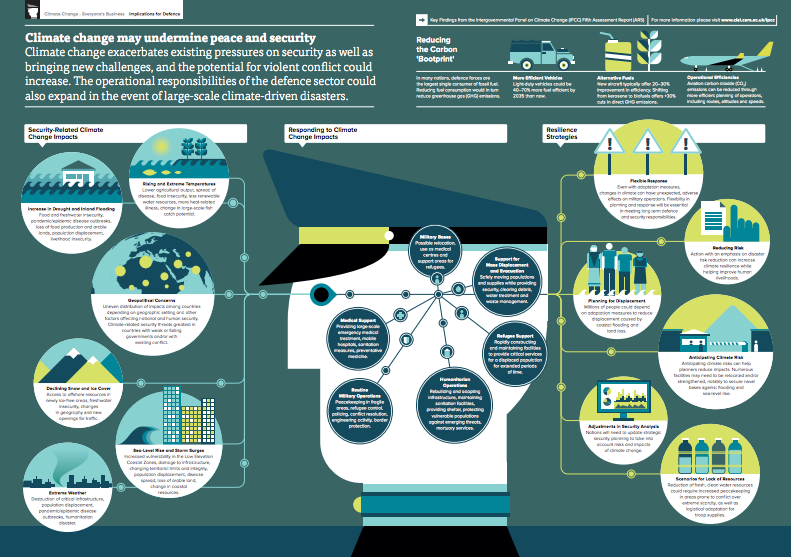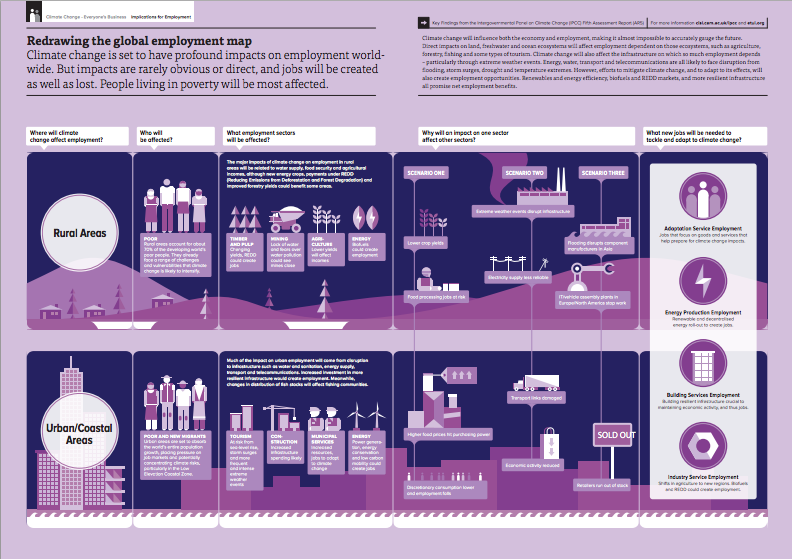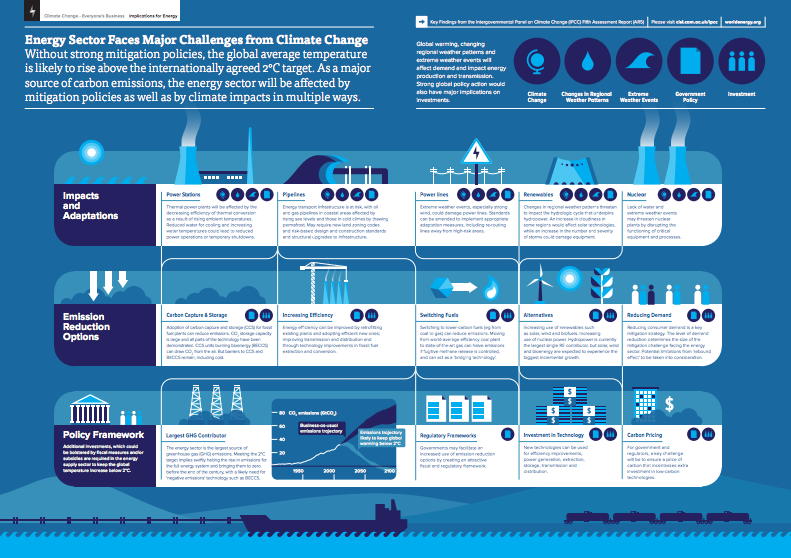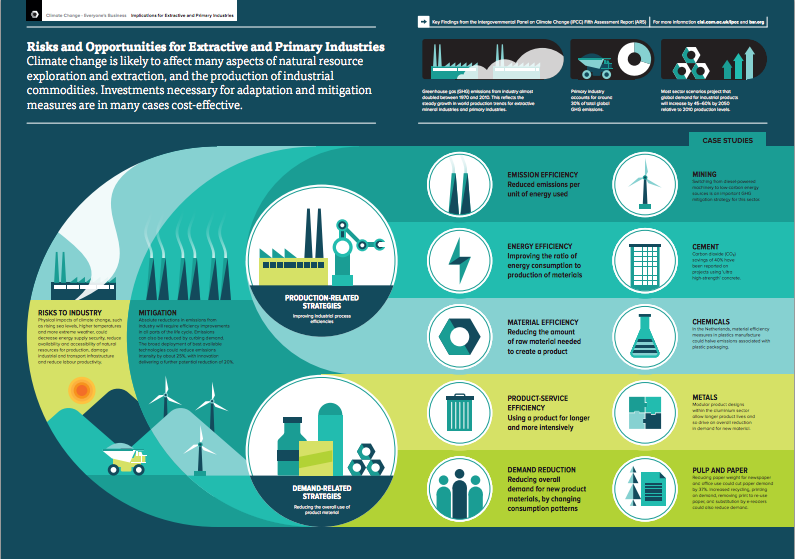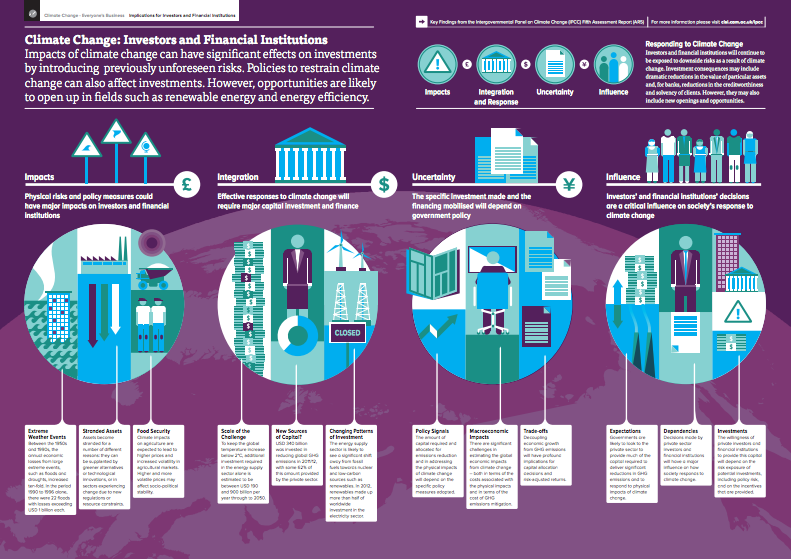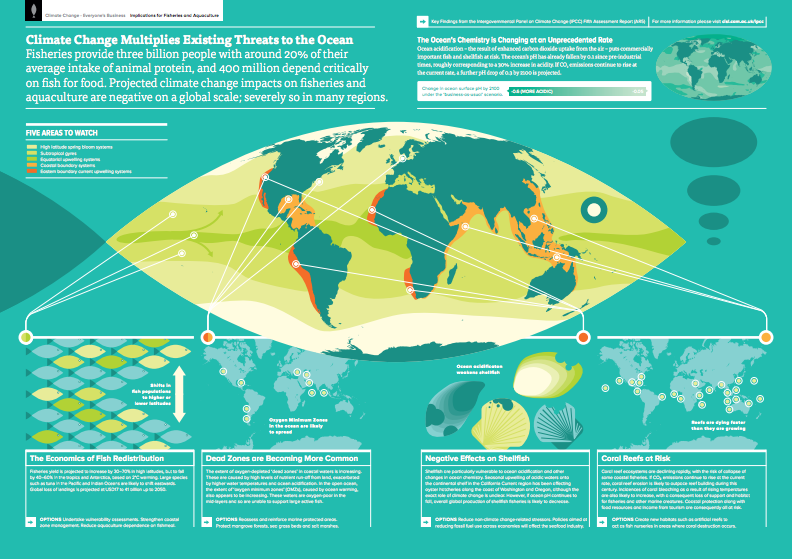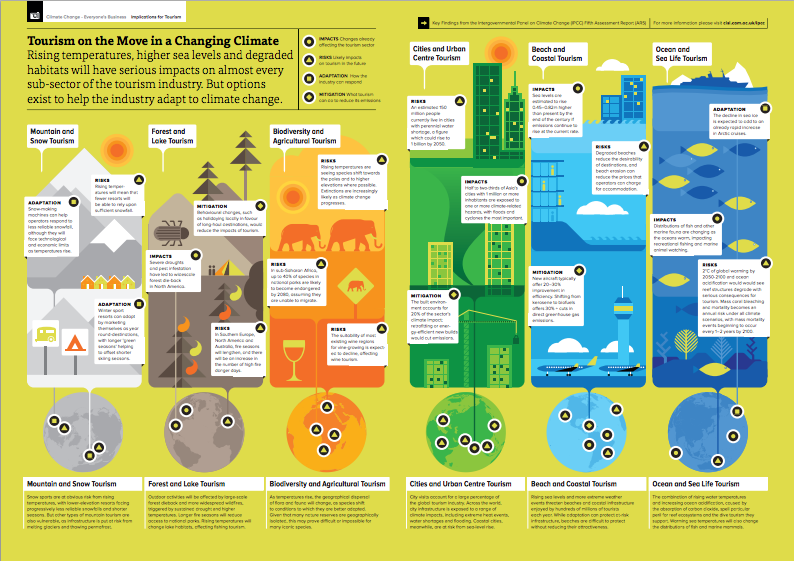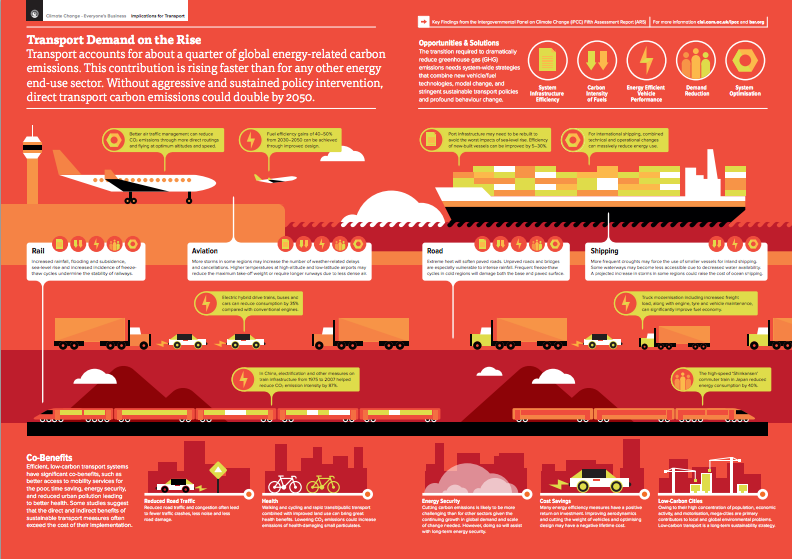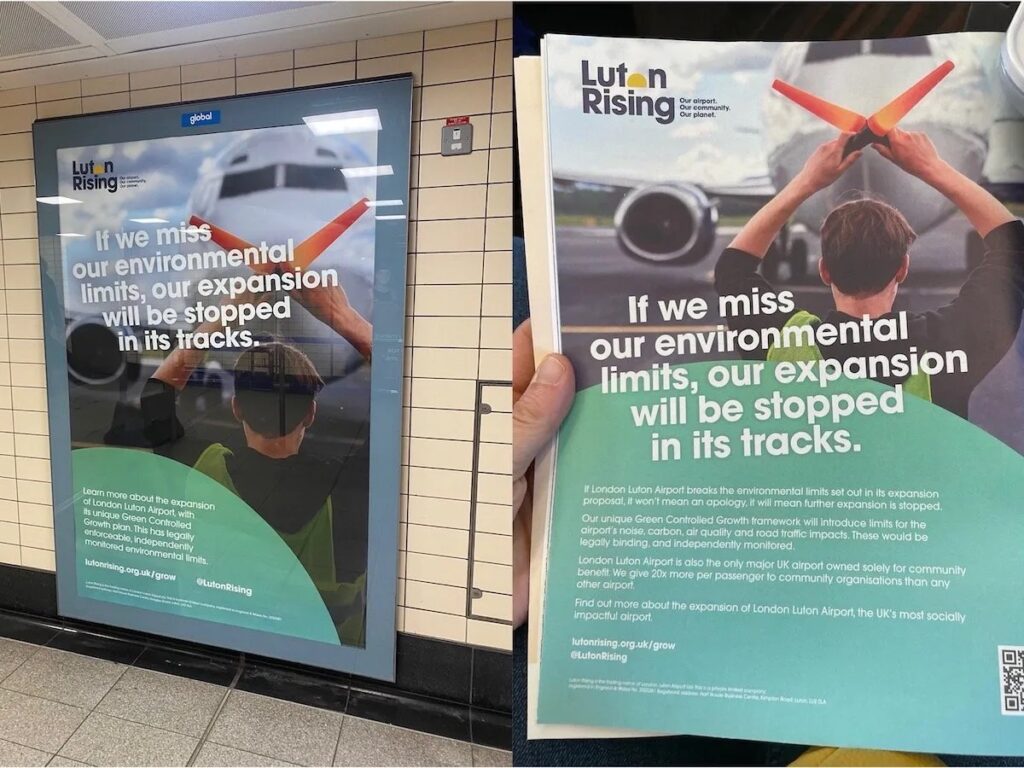A new series looking at the likely impacts of climate change could help companies, politicians, financial planners, entrepreneurs, defence analysts and leaders of various industrial sectors learn how to adapt to the increasing pressures of global warming.
Based on work already done by the Intergovernmental Panel on Climate Change, the University of Cambridge Institute for Sustainability Leadership (CISL) announced Thursday it had released a briefing series so that people, organizations and governments would be better prepared for a challenging and volatile future.
Working with the Judge Business School and the European Climate Foundation, the CISL series summarizes the likely impacts of climate change on agriculture, buildings, cities, defence, employment, energy, investment, fisheries, primary industries, tourism, and transportation.
Among the topics addressed, the series looks at the urgency of protecting people in urban areas from climate change impacts, the potential for the energy sector to reduce emissions by switching to lower-carbon fuels, improving energy efficiency and introducing carbon capture and storage, the disruptive impacts global warming will have on the financial system, potential losses to global fisheries of up to $40 billion by mid-century, the way climate change acts as a “threat multiplier,” driving involuntary migration and indirectly increasing the risks of violent conflict, and the need for additional energy supply investments of between $190-900 billion per year from now until 2050.
The series, which includes numerous infographics, also looks at the capacity for various sectors to adapt to climate change and to contribute to greenhouse gas emissions reductions.
Between 10 and 12 per cent of man-made GHG emissions in 2010 came from the agricultural sector, which is increasingly threatened by a warming climate. Click image to enlarge.
According to CISL “there is potential for energy savings of 50-90 per cent in existing and new buildings.” Click image to enlarge.
More than half the world’s population now lives in cities, making urban areas more important than ever for climate change adaptation. Click image to enlarge.
Defense will play an increasingly important role in responding to climate change. Click image to enlarge.
Rajendra K. Pachauri, Chairman of the IPCC, said in an accompanying media release that he endorsed the series.
“I applaud this initiative,” Pachauri said. “Spelling out the implications of climate change for different sectors, on the basis of the work of the IPCC, will allow businesses to adapt to the challenges they face and understand the role they are able to play in reducing their climate impact.”
Polly Courtice, Director of CISL, said that understanding the science of climate change is absolutely vital. “This series does a remarkable job of taking the hugely-complex and technical findings of the IPCC report and translating them for business.”
According to CISL, the impacts of climate change threaten the employment sector, while mitigating climate change and adapting to its effects will create employment opportunities. Click image to enlarge.
Carbon capture and storage, limiting use, greater efficiency and a greater use of renewables are all ways to reduce energy emissions. Click image to enlarge.
GHGs from industry nearly doubled between 1970 and 2010 and the sector is anticipating a 45-60 percent increase in global demand for industry products by 2050. Click image to enlarge.
An estimated investment of USD $190-$900 billion a year to 2050 is needed for the energy sector to keep temperatures from rising 2C. An estimated $340 billion was invested in reducing GHG emissions in 2011/2012. Click image to enlarge.
Christiana Figueres, Executive Secretary of the UN Framework Convention on Climate Change, said the series infographics translate the sometimes complex science into compelling visuals and narratives. “They underline why we need a meaningful agreement in Paris in 2015 — one that can put in the pathways that will dramatically bend down the emissions curve, trigger a deep de-carbonization of the global economy and realize a climate neutral world in the second half of the century.”
As an example of how the series explores likely climate change impacts in different sectors, the briefing on agriculture addresses reduced crop yields and predicted food price rises of 37 per cent (rice), 55 per cent (maize), and 11 per cent (wheat) by 2050.
Turning to mitigation, the briefing notes that greenhouse gas (GHG) emissions from agriculture comprised about 10 – 12 per cent of man-made GHG emissions in 2010. “This is the largest contribution from any sector of non-carbon dioxide (CO2) GHGs such as methane, accounting for 56 per cent of non-CO2 emissions in 2005. The agricultural sector has significant potential to make cuts in GHG emissions.”
The world’s oceans have seen roughly a 30 per cent increase in acidity since pre-industrial times. Click image to enlarge.
Forests, lakes, rivers, snow, and biodiversity are all affected by climate change, which is expected to impact all sub-sectors of the tourism industry. Click image to enlarge.
Nearly 25 per cent of energy-related emissions come from the transport sector and that contribution is expected to rise more than any other energy-related sector. Click image to enlarge.
In terms of adaptation, the briefing says no single approach for reducing risk is appropriate across all regions, sectors, and settings. “Farmers can adapt to some changes, but there is a limit to what can be managed. Agricultural companies can draw from a range of options to maximize adaptive capacity based on a solid understanding of risks.”
The briefing document then lists various options — supply, demand, livestock, policy and crops — to help those employed in the agricultural sector deal with future climate change.
All images from the University of Cambridge Institute for Sustainability Leadership.
Subscribe to our newsletter
Stay up to date with DeSmog news and alerts



